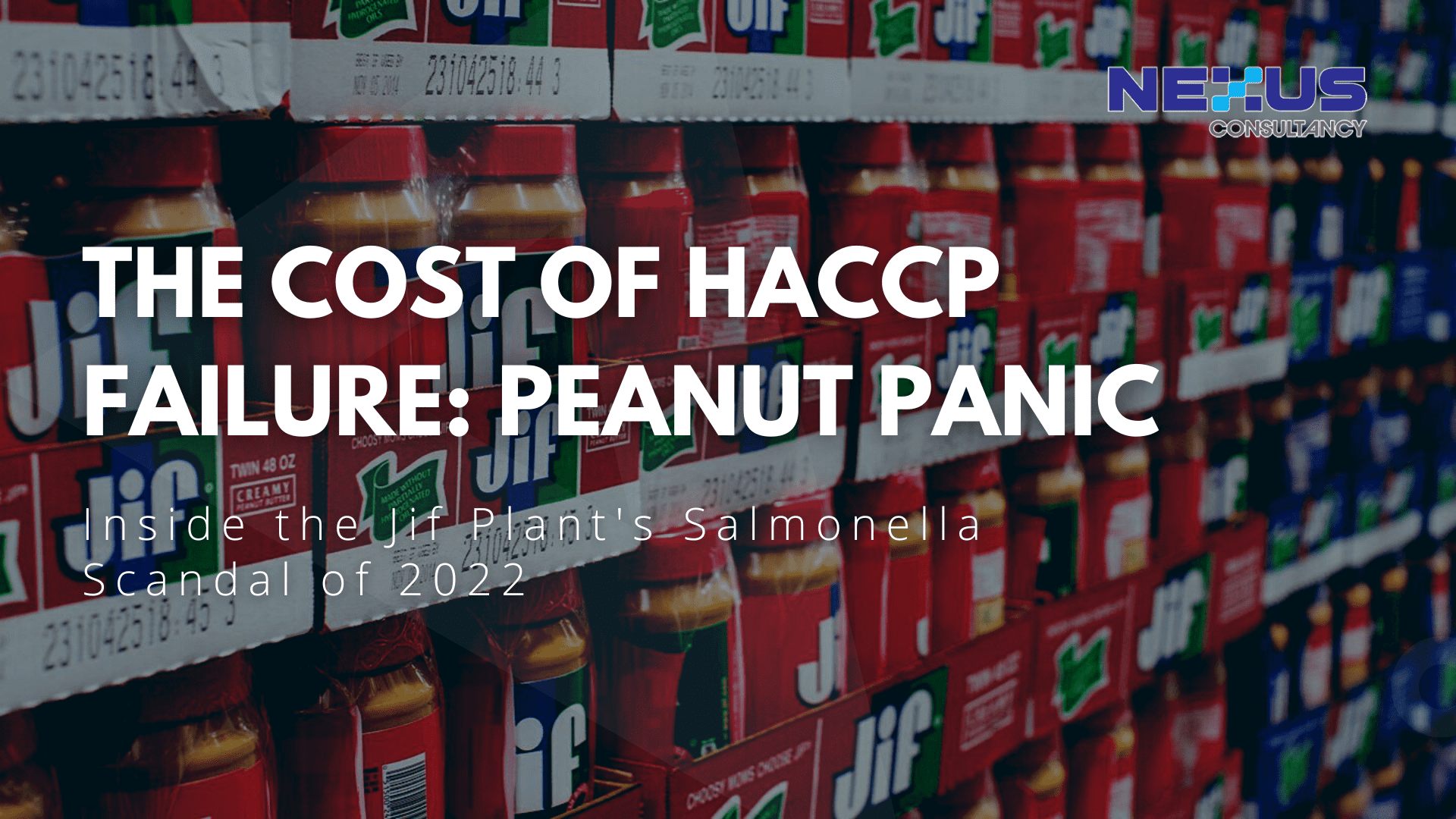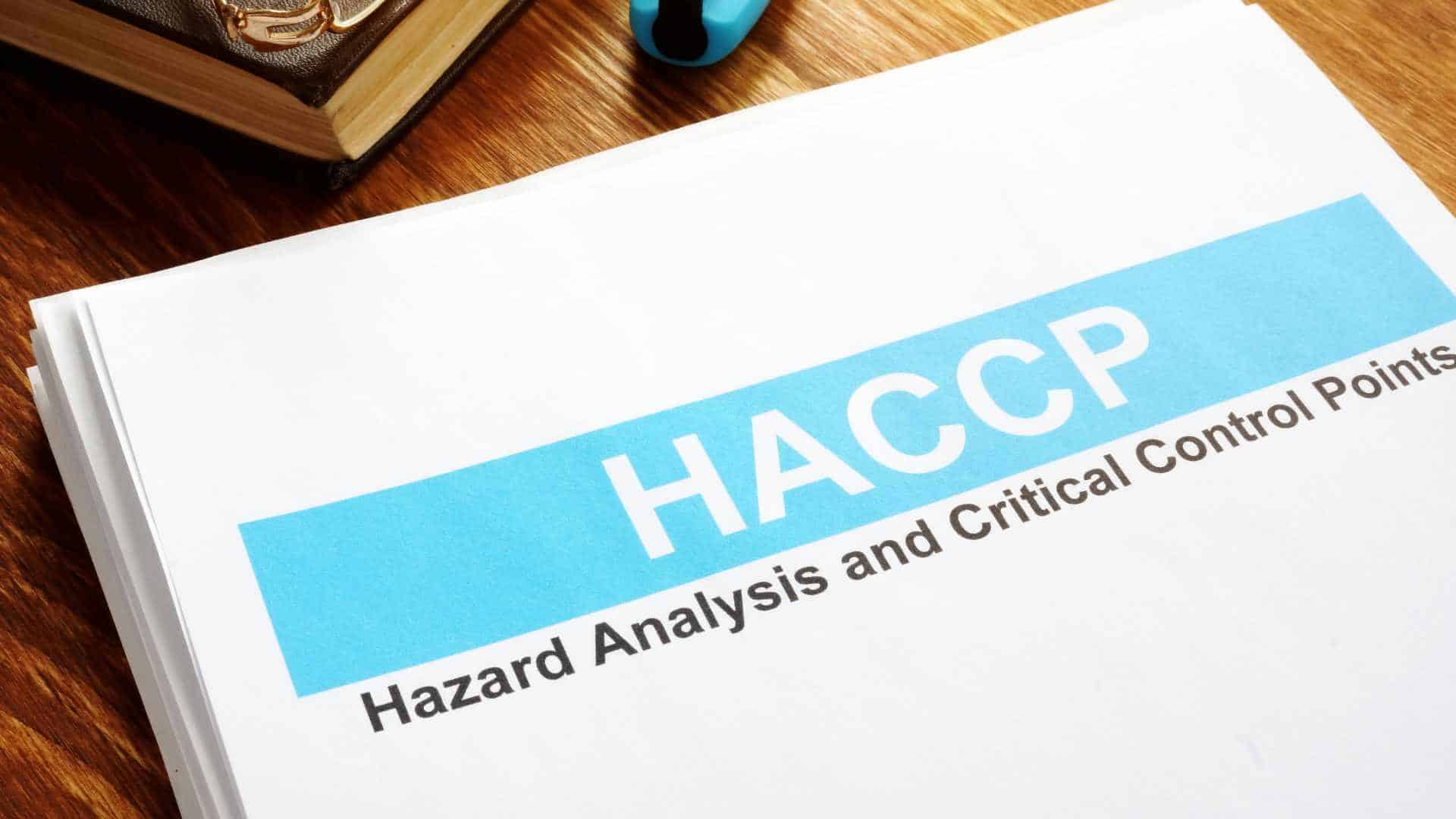
Loo Pei Shean
Management Consultant
Proper implementation of HACCP can be an effective tool in preventing foodborne illnesses, protecting the health of consumers, and ensuring the safety and quality of food products.

Food safety is a major concern for people around the world, and one of the most important measures in ensuring safe food is the Hazard Analysis and Critical Control Points (HACCP) system. However, despite its effectiveness, HACCP implementation can sometimes fail, leading to serious consequences. In recent years, there have been several instances of failed HACCP implementation, resulting in foodborne illness outbreaks and food recalls.
One of the recent issues that happen in the United States, the Salmonella outbreak that sickened at least 21 people in 17 states in 2022. The outbreak was linked to a processing plant where the HACCP system had failed. The strain of Salmonella Senftenberg responsible for the outbreak matched the one found in the production plant, indicating that contaminated peanut butter was not effectively removed from the equipment lines despite the detection of Salmonella. Here are the 6 key elements for safeguard food safety quality with robust HACCP system.

#1 Conduct a Hazard Analysis
Conduct a hazard analysis which involves identifying potential hazards in the food production process, including biological, chemical, and physical hazards.
#2 Identify Critical Control Points (CCPs)
Determine critical control points (CCPs) in the production process once hazard have been identified. CCPs are points in the process where controls can be implemented to prevent, eliminate, or reduce the risk of hazards. CCPs can include steps such as cooking, refrigeration, and packaging.
#3 Establish Critical Limits
Critical limits are the maximum or minimum values that must be achieved to prevent or control a hazard at a CCP. It should be based on scientific and regulatory standards, and should be measurable and verifiable.
#4 Implement Monitoring Procedures
Monitoring procedures includes physical observations, measurements, and testing should be put in place to ensure that CCPs are under control and that critical limits are being met. Monitoring records should be kept to document the process and identify any deviations.
#5 Develop Corrective Actions
Corrective actions may include adjusting the process, conducting rework, or disposing of product must be taken if a deviation from a critical limit occurs. Corrective actions should be documented and communicated to all relevant personnel.
#6 Establish Verification Procedures
Verification procedures should be put in place to ensure that the HACCP system is working effectively. This may include reviewing monitoring records, conducting periodic audits, and testing products for hazards.
In Short
with proper implementation, HACCP can be an effective tool in preventing foodborne illnesses and ensuring safe food for all. By following these key elements, organizations can establish a robust food safety management system that protects the health of consumers and ensures the safety and quality of their products.
Reference:
- https://www.foodsafetynews.com/2023/02/smuckers-in-the-hot-seat-as-deadline-looms-on-jif-peanut-butter-investigation/#more-224123
Contact us now to learn more about HACCP!






